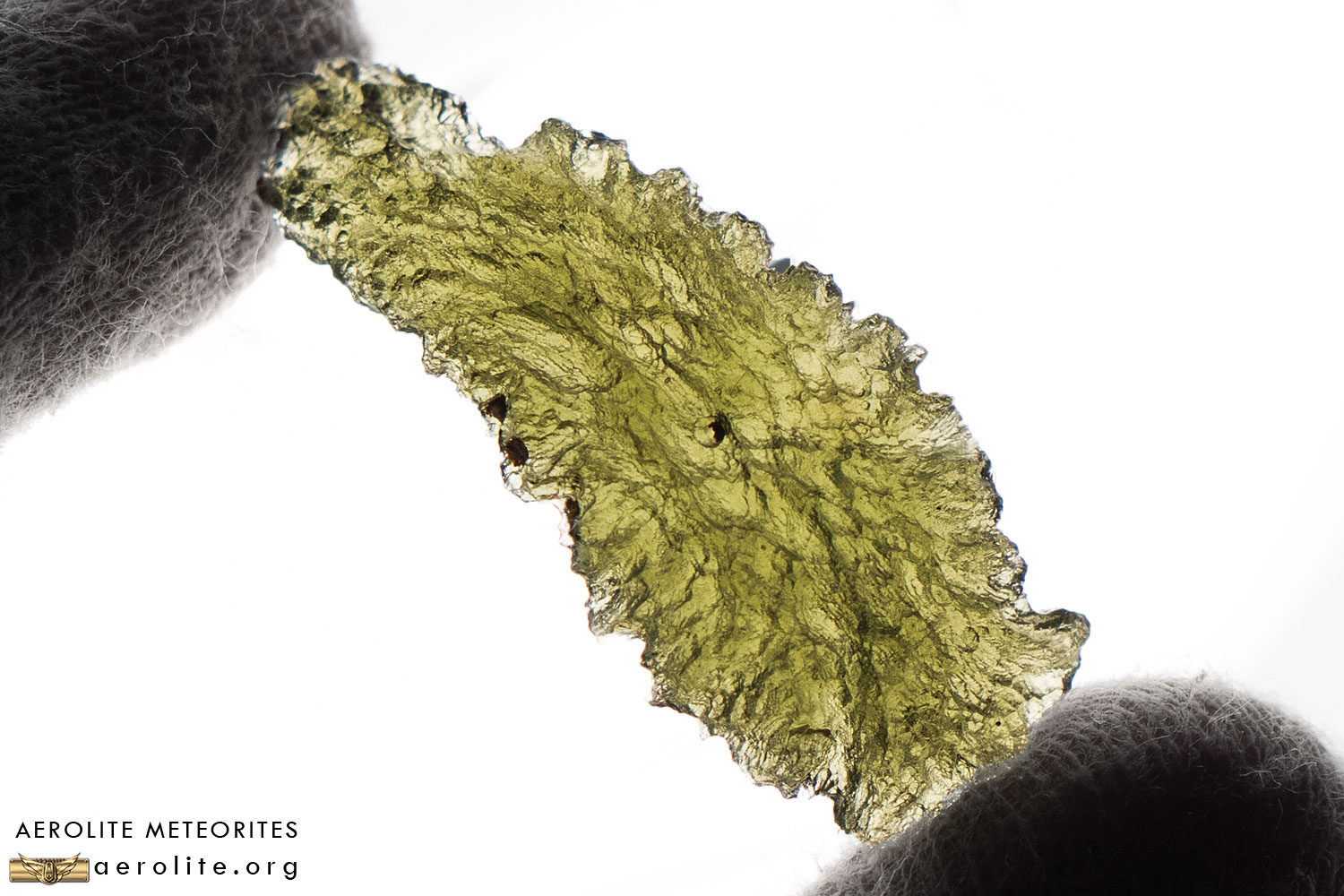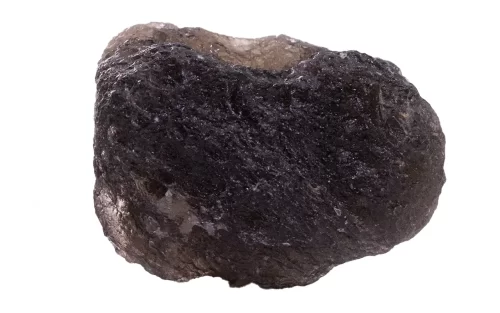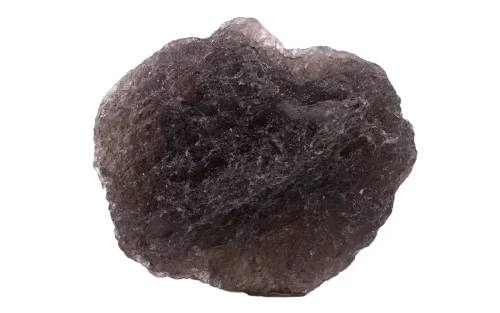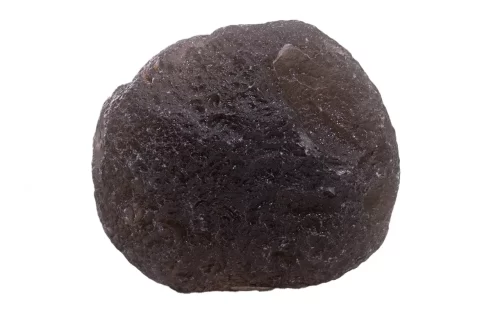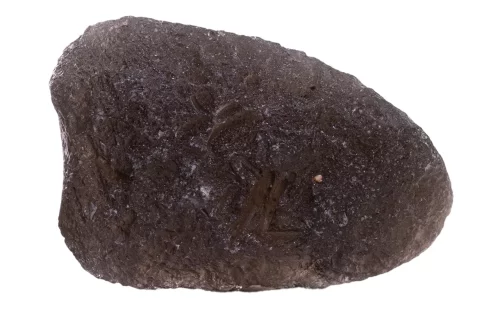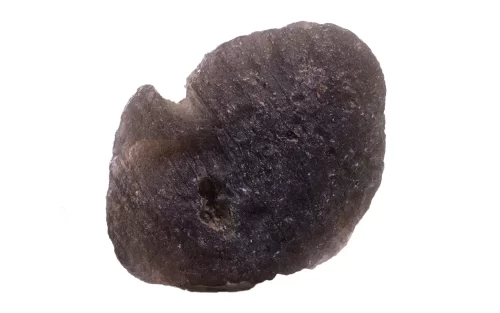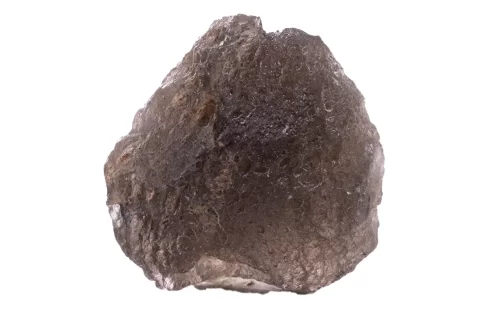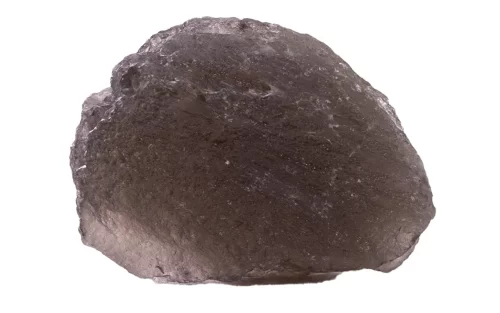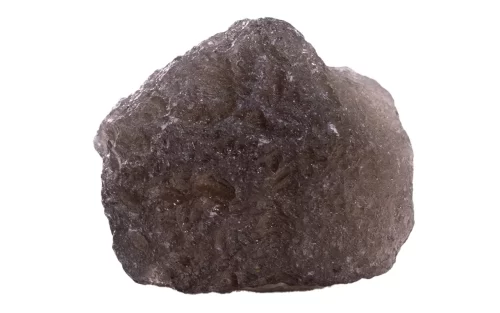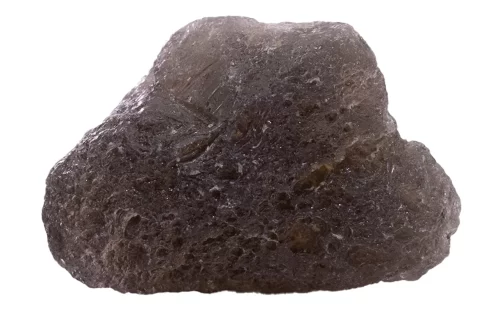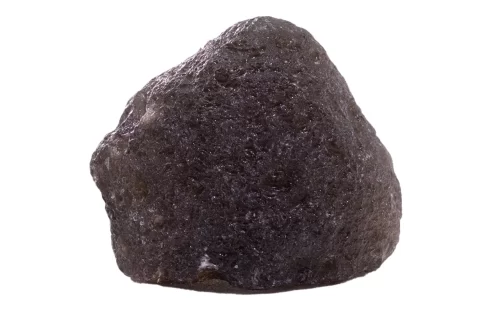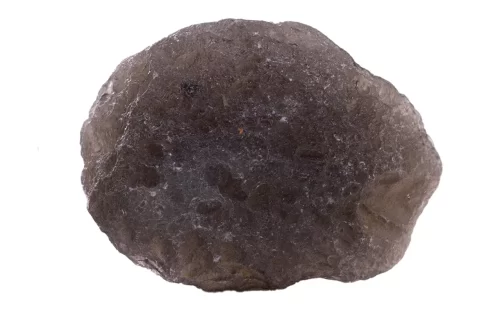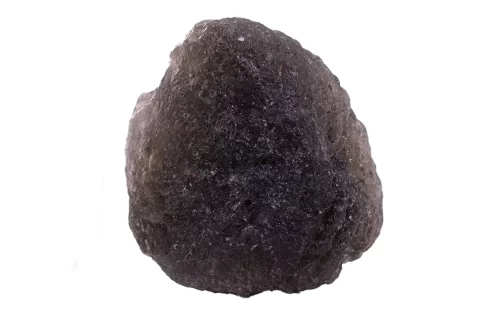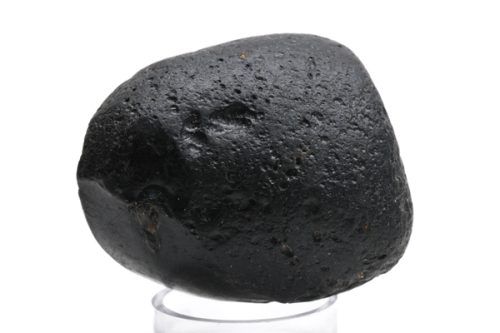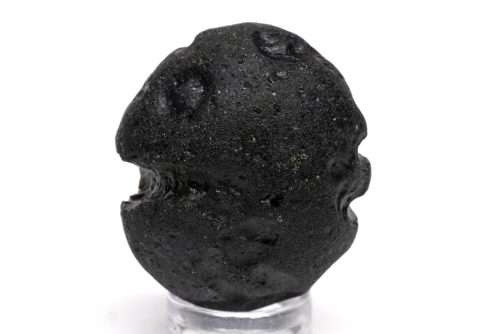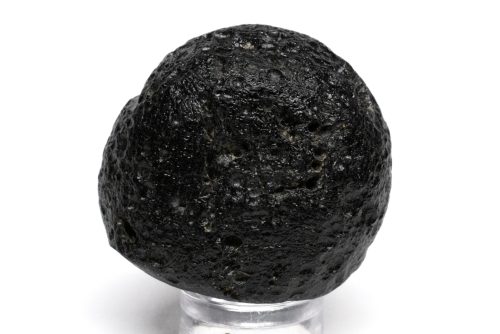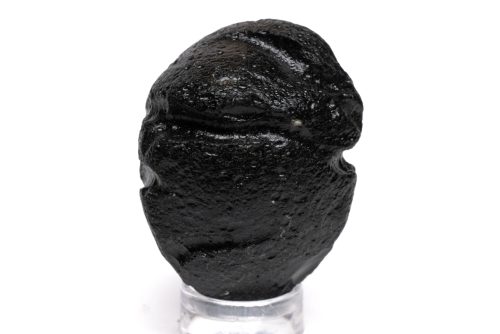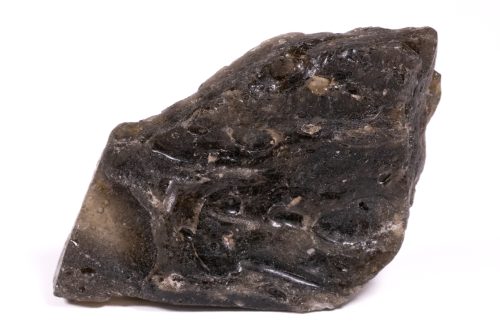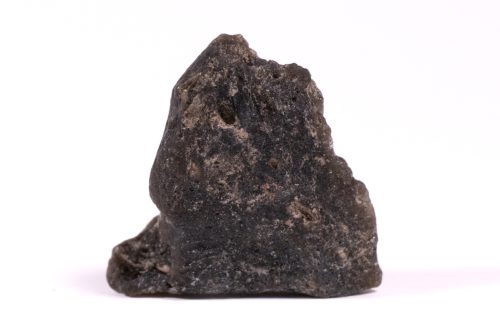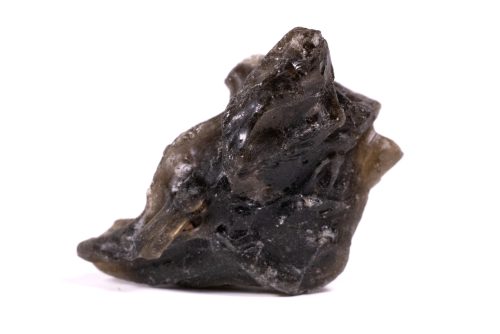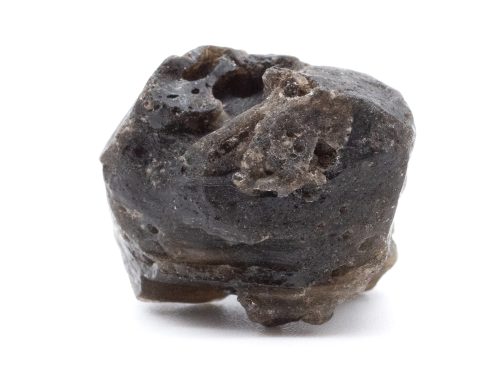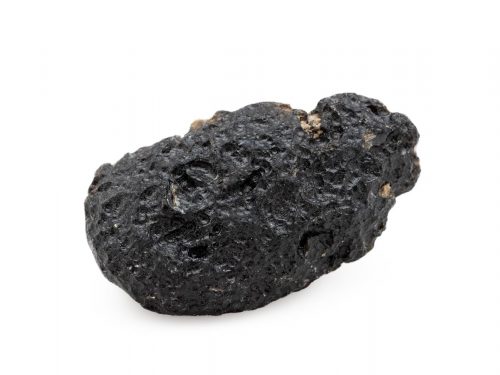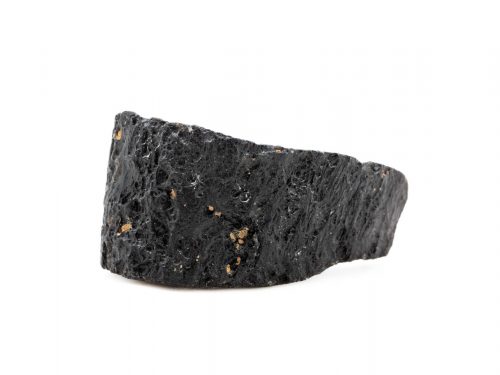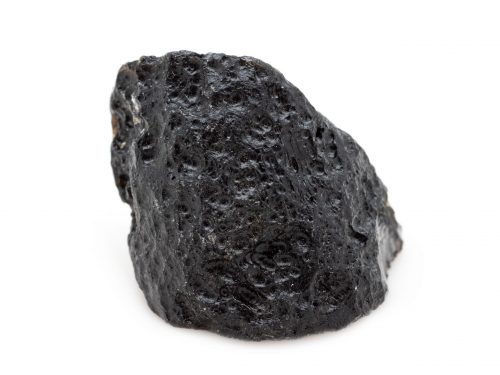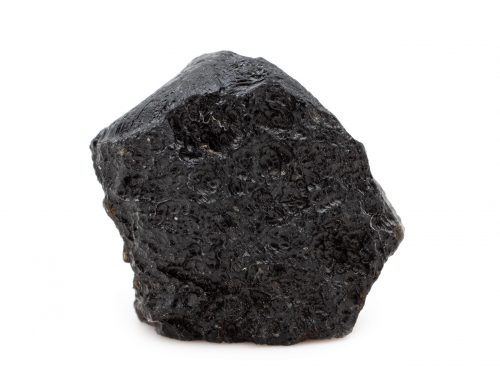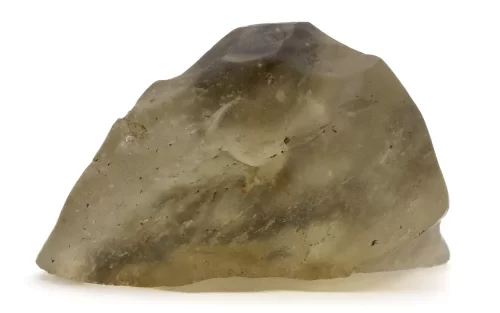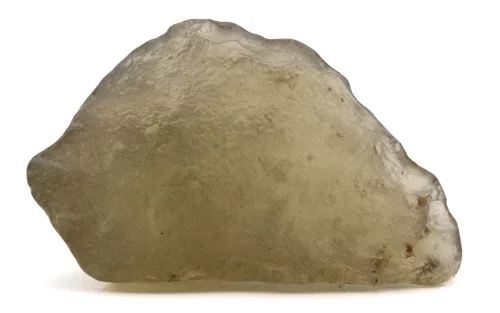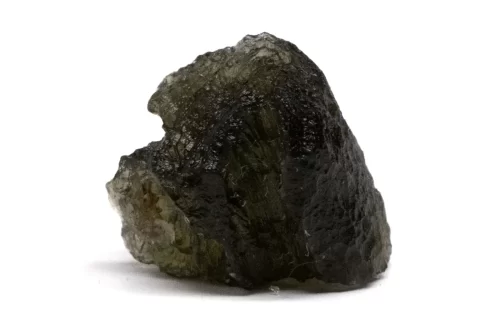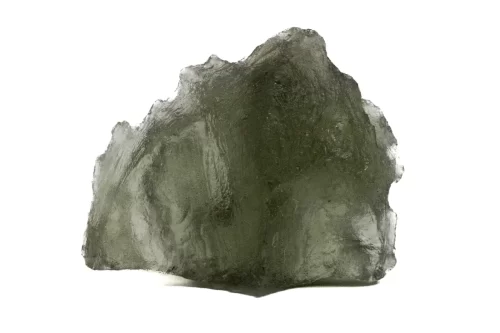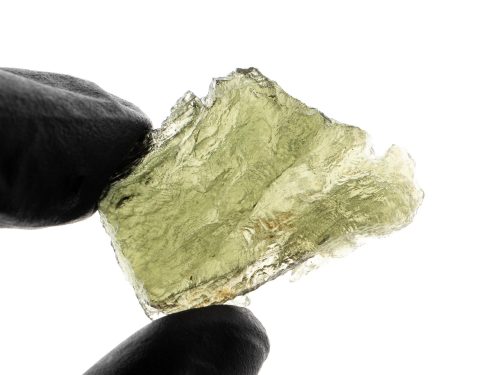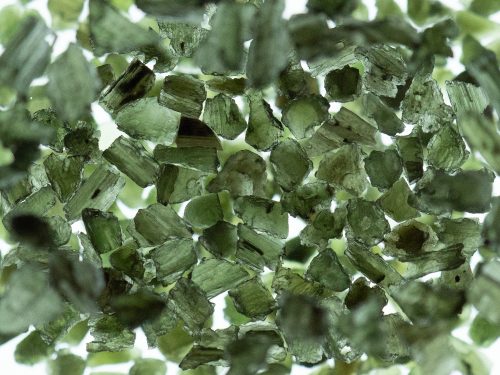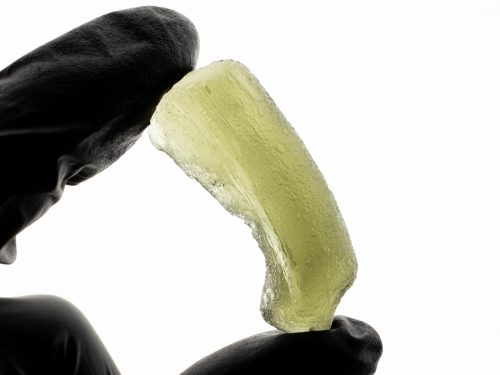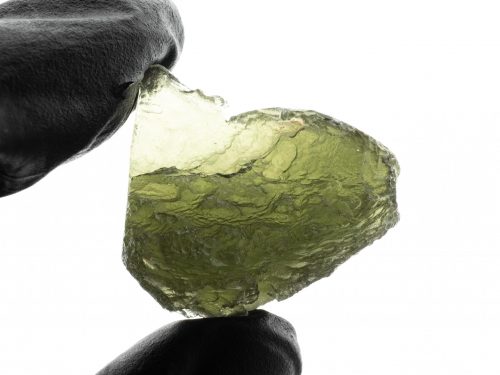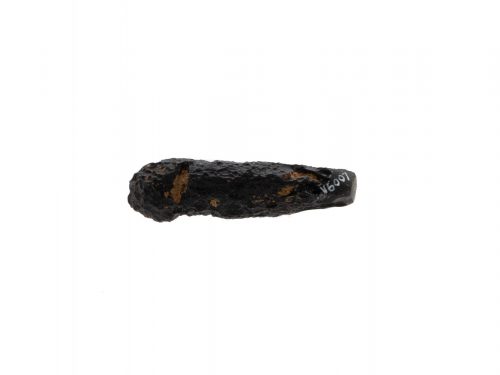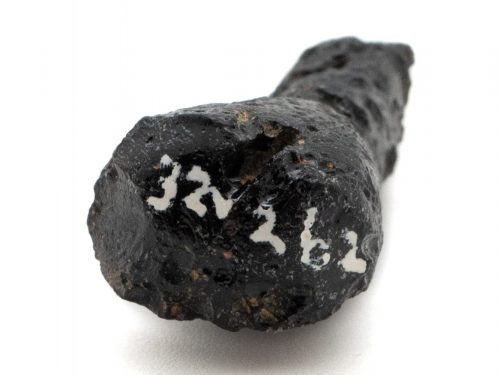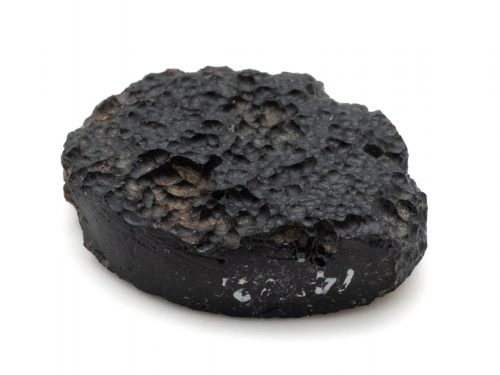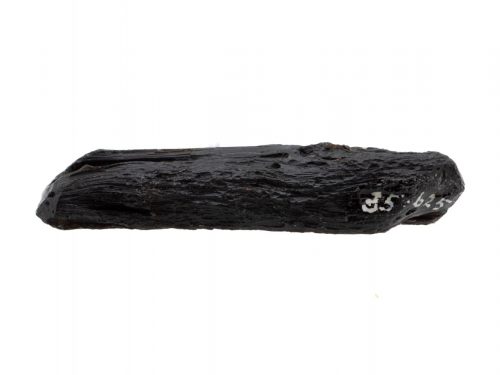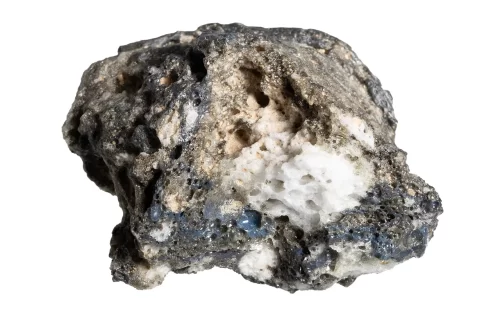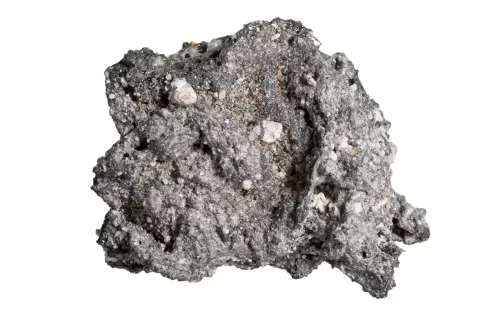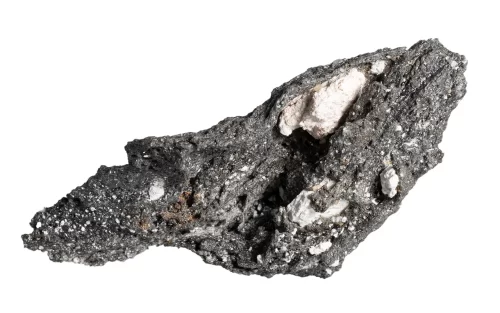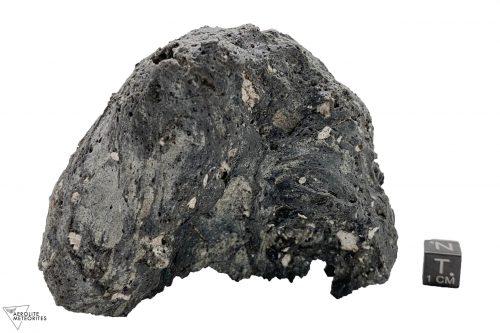Impactites For Sale
Small meteorites are slowed by our atmosphere and, when they land, often make shallow indentations in the ground known as impact pits. Larger meteorites may form craters, while the most massive space rocks produce gigantic impact features called astroblemes, or “star wounds.” The biggest astroblemes on Earth are millions of years old and more than one hundred miles across, making them greater in area than some countries. Those meteorite impacts generated atomic bomb-sized levels of heat and pressure that melted Earth rocks into unique materials known as impactites. Most times, meteorites that made those giant craters have long since weathered away, but the ghostly footprints of their cataclysmic collisions with Earth remain with us to this day —as impactites.
Impactites include impact glasses, tektites, impact breccias, and shatter cones that have been formed by the heat and pressure of a meteorite impact.
Explore our wide collection of Impactites For Sale
Agni Manitite Bicolite Darwin Glass Indochinite Libyan Desert Glass Moldavite Nininger Tektites Wabar Impactite
-
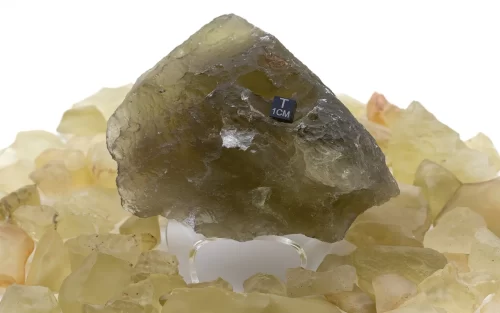
Libyan Desert Glass 1,073.1g
$4,295.00 Add to cart -

Libyan Desert Glass 108.4g
$216.00 Add to cart -
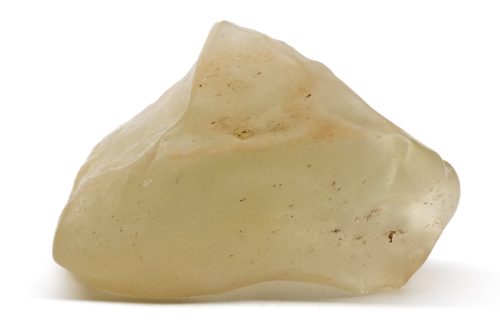
Libyan Desert Glass 144.4g
$288.00 Add to cart -

Libyan Desert Glass 16.5g
$33.00 Add to cart -
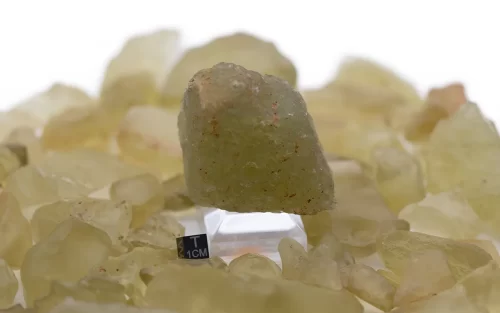
Libyan Desert Glass 166.6g
$665.00 Add to cart -

Libyan Desert Glass 190.2g
$380.00 Add to cart -
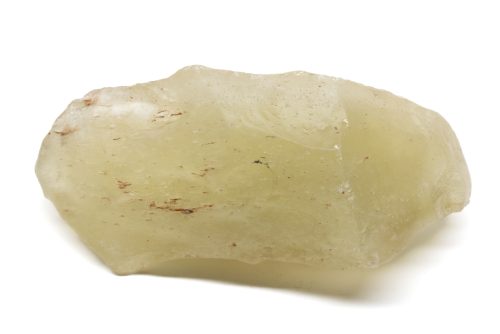
Libyan Desert Glass 266.7g
$535.00 Add to cart -

Libyan Desert Glass 32.0g
$545.00 Add to cart -
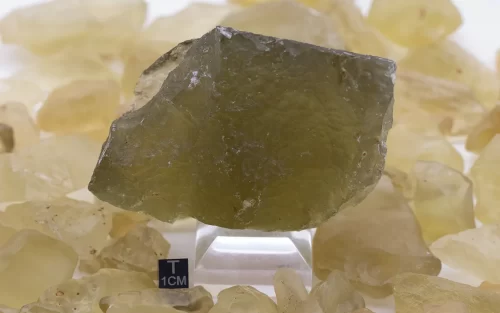
Libyan Desert Glass 413.9g
$1,655.00 Add to cart -

Libyan Desert Glass 506.8g
$2,025.00 Add to cart -
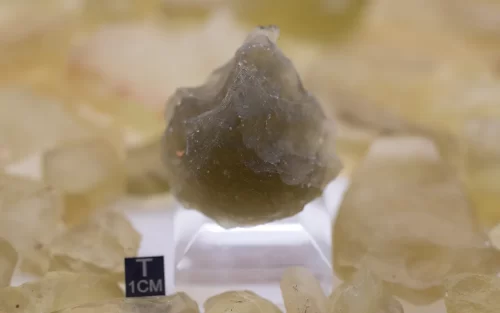
Libyan Desert Glass 55.8g
$223.00 Add to cart -
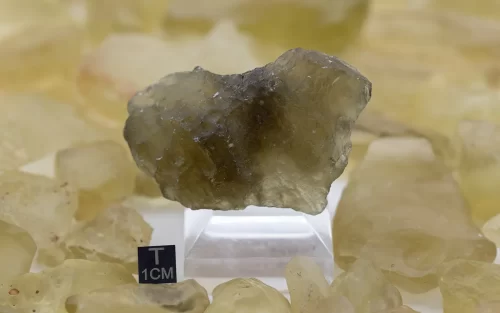
Libyan Desert Glass 63.8g
$255.00 Add to cart -
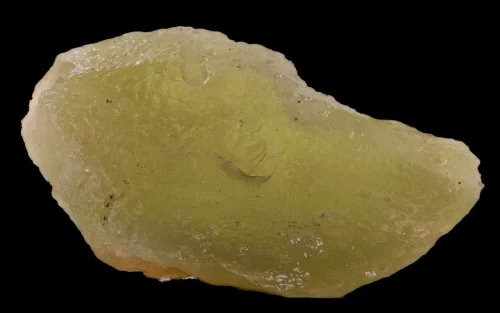
Libyan Desert Glass 857.0g
$4,285.00 Add to cart -
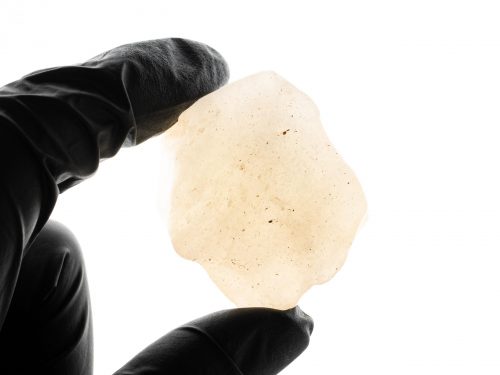
Libyan Desert Glass 74.2g
$145.00 Add to cart
